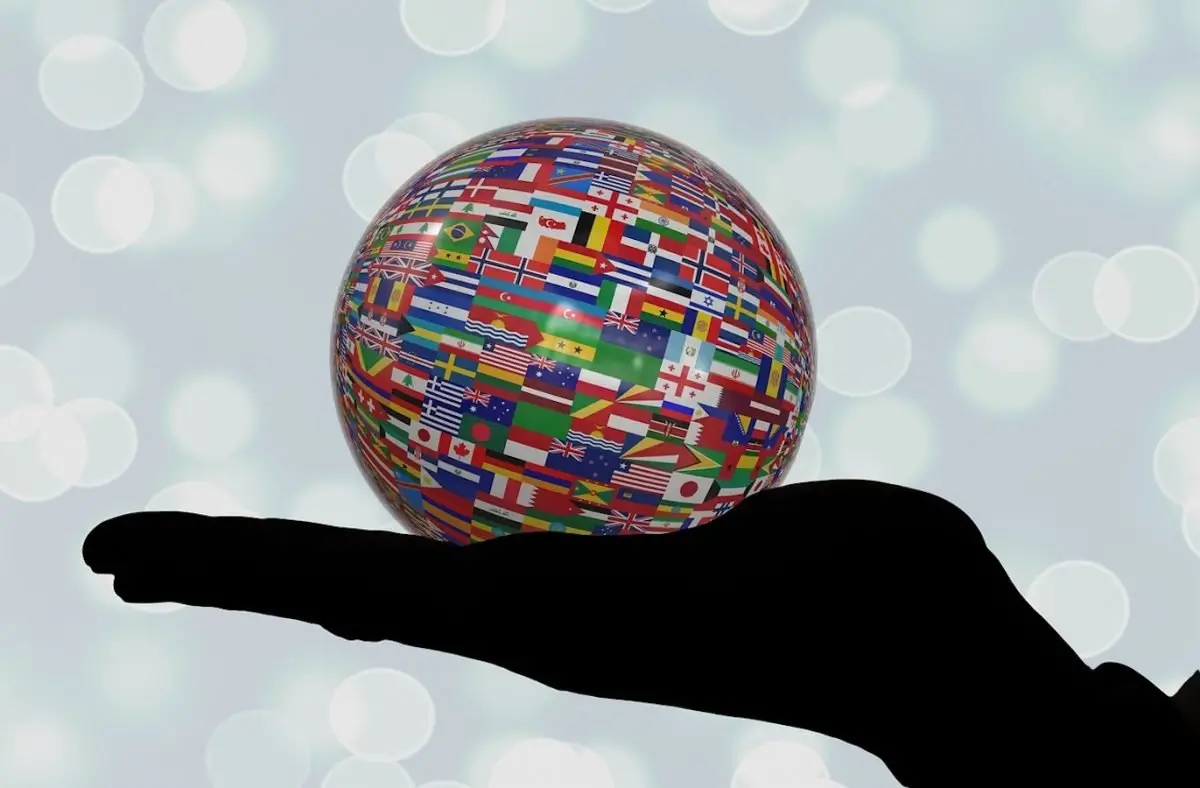Globalization: The End of an Era or a New Stage?

How Will Geopolitics Change in the Coming Decades?
Globalization, despite differing views on it, remains an important part of the modern world, where countries not only trade but also exchange cultures and technologies. Before understanding how the dynamics of globalization have changed, it is worth looking at its history. Before World War I, the world experienced a turbulent phase of globalization that only resumed in the 1970s. World War II brought significant adjustments, but from the early 1990s to the 2000s, there were increased efforts among countries for trade and cooperation.
Today, however, we are witnessing new challenges that indicate a possible deglobalization. Although countries still strive for interaction, tensions between the developed world and the global South are becoming increasingly apparent. Deglobalization is the antithesis of globalization, manifesting in the strengthening of national borders and restrictions on market relations. During globalization, supranational institutions arise to address common problems, whereas deglobalization limits their influence. For example, the United Nations has seen a decline in its role.
Scholars note that the processes of deglobalization may have begun as early as 2023, when global trade fell by 1%, despite a 3.2% increase in global GDP. This indicates a correlation between the decline of globalization and the recovery observed in 2021-2022. In the third quarter of 2022, global trade exceeded pre-COVID-19 levels by 9%, but subsequently, there was a rollback.
However, at the beginning of 2024, we see signs of a trade recovery. Developing countries are actively increasing their share in global trade, while Western countries show little dynamism. Deglobalization may lead to inflationary effects and rising costs. For example, in China, the ratio of exports to industrial production has halved since the mid-2000s, reflecting an increase in domestic consumption, but not at the required pace.
In response to these changes, the U.S. and the EU are imposing new tariffs, leading to a decrease in China’s share of U.S. imports, while the shares of other countries, such as India and Vietnam, are rising. Global trade is no longer solely an economic interest; it is increasingly subordinated to geopolitical interests. For the U.S., partners in nearshoring have become Canada and Mexico, while Thailand, India, and Vietnam have become partners in friend-shoring.
Globalization, which united the world to achieve technological progress, has also generated contradictions. Economic crises and the war in Ukraine have posed serious challenges to open borders. Why are countries severing business ties? This question is becoming increasingly relevant.
Two centuries ago, the world could not afford modern globalization due to constant wars and epidemics. Only after the two world wars did radical changes begin, laying the foundations for a global economy based on mutual benefits. Following the signing of the General Agreement on Tariffs and Trade in 1947 and the subsequent establishment of the World Trade Organization (WTO) in 1995, global trade experienced unprecedented development.
However, globalization brings not only benefits. Many countries, facing competition from cheap goods, are losing their markets. For instance, American companies shed 3.2 million jobs after opening the market to China. Such losses, combined with the rising inequality in the U.S., prompt the population to question the viability of globalization.
The conflict between the U.S. and China, the two largest economies in the world, is fueled by uneven playing field rules within the WTO. Nevertheless, despite these challenges, global trade remains an integral part of the global economy, and the question of whether we are witnessing the end of the globalization era is likely too simplistic. The world may be on the brink of a new era, where forms of cooperation change, but the process of globalization is unlikely to come to an end.











